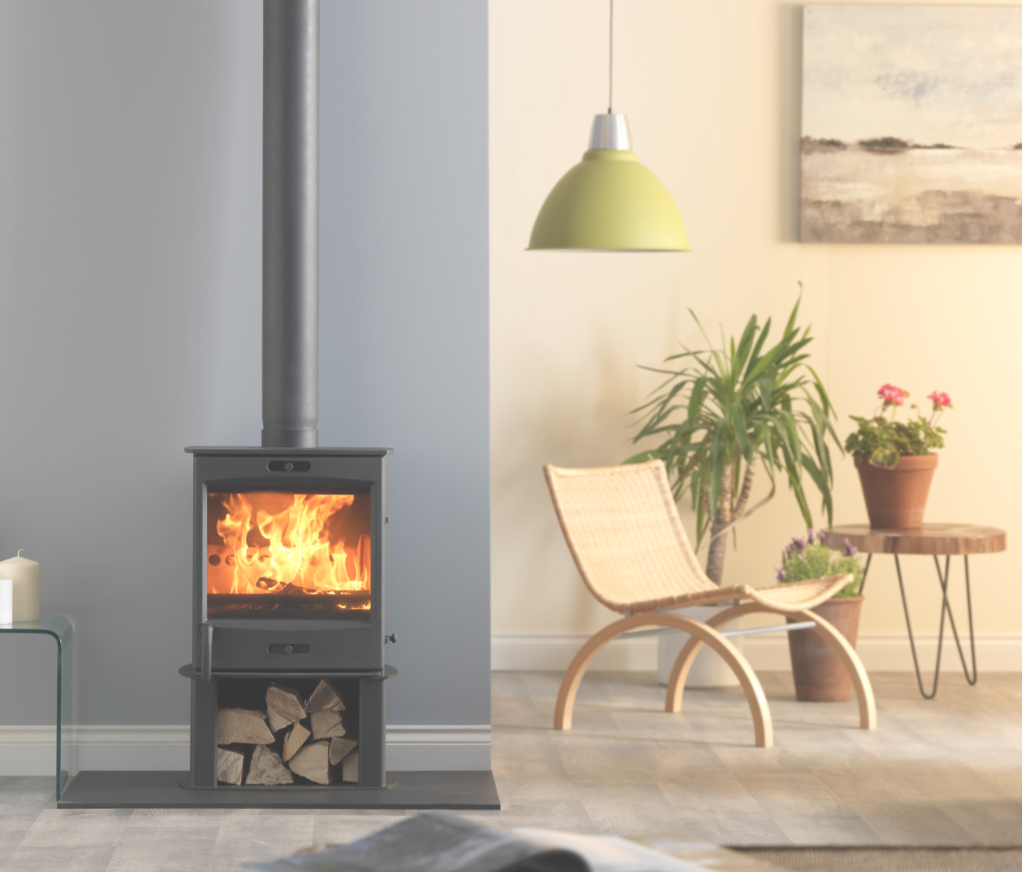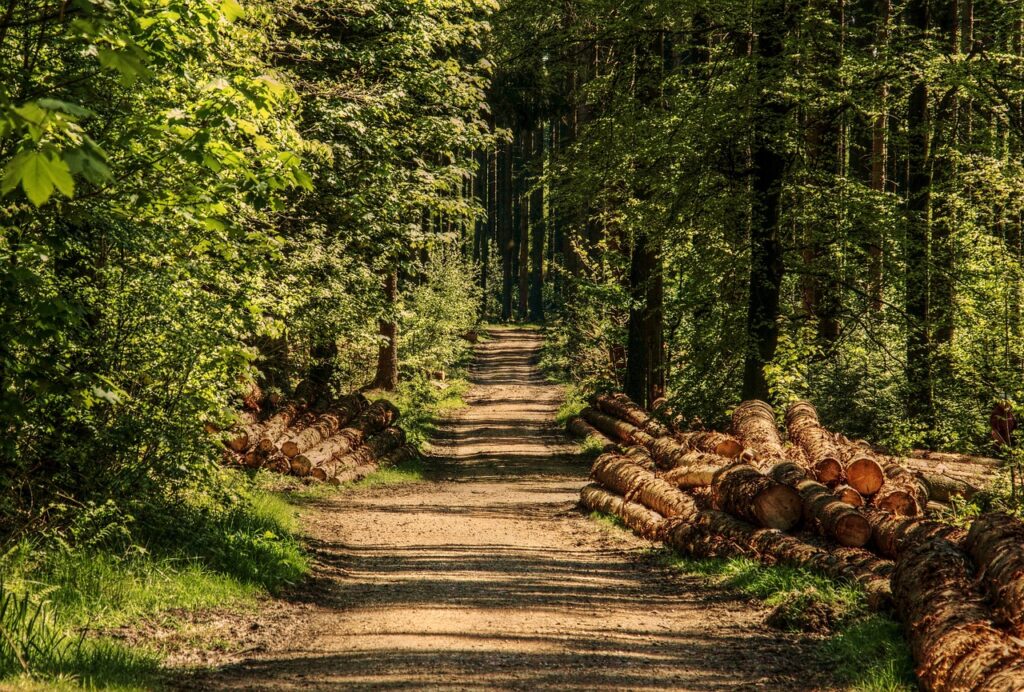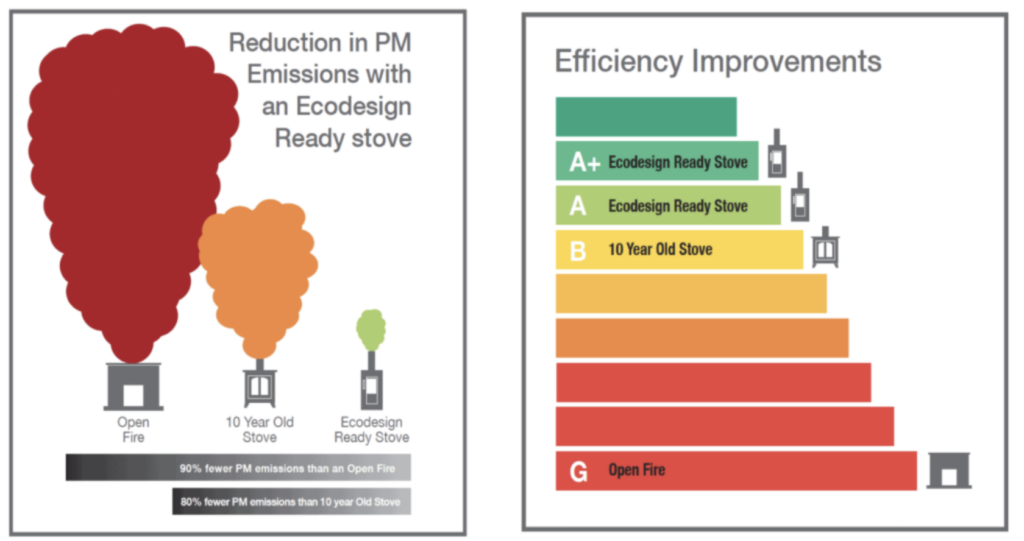Modern Ecodesign Wood-Burning Stoves See Growing Popularity as Cleaner Heating Option Across the UK
A growing number of UK households are buying Ecodesign wood-burning stoves, attracted by their reliability, efficiency, and, of course, their comforting warmth during the colder months. New research by University College London (UCL) has highlighted this trend, showing that wood stoves are becoming an increasingly popular feature in both rural and urban homes.
Growth areas:
According to UCL’s analysis of energy performance certificates (EPCs), the percentage of homes equipped with wood burners has risen from 9.4% in 2022 to 10.3% in 2024. In some areas, growth has been even more significant. West Berkshire, Wychavon, and Rother, for example, saw increases of over eight percentage points. Even in urban centres like Hastings and Worthing, wood stove installations have nearly doubled.

Self-sufficient heating:
This growing demand for burning wood reflects a shift toward more self-sufficient, resilient heating choices. Wood-burning stoves offer homeowners a way to reduce reliance on gas or electricity, especially relevant during energy price fluctuations and power outages we have seen in Spain and Portugal. Many new stove owners also value that special, aesthetic appeal and the sense of tradition these stoves bring to a home. More and more people are recognising the value of becoming at least partially self-sufficient when it comes to staying warm.
Having a sustainable way to keep warm off-grid is important for several key reasons:
Independence – Off-grid heating provides resilience against power outages, energy price spikes, or interruptions in fuel supply. By relying on locally sourced or renewable fuels (like wood), individuals are less vulnerable to centralised energy systems and various geopolitical issues.
Environment – Sustainable heating, such as using correctly seasoned wood in an Ecodesign stove, as previously mentioned, dramatically reduces harmful emissions compared to open fires or older stoves. It also helps lower reliance on fossil fuels, which are major contributors to climate change.
Cost – Over time, using a renewable resource like wood can be more economical than relying on electricity or gas, especially in remote or rural areas where utility infrastructure is limited or expensive to access.
Prepared – A sustainable off-grid heating system ensures you’re prepared for extreme weather, natural disasters, or other emergencies that could leave you without electricity or conventional heating.
Self-reliance – There’s a real satisfaction in being able to meet your basic needs without relying entirely on external systems. Sustainable off-grid heating promotes a lifestyle of self-reliance, which can be very rewarding.
Preserving – When done responsibly, such as sourcing wood locally and harvesting from sustainable forests, off-grid heating can contribute to better land management and forest health, creating a balanced cycle of use and renewal.

Out with the old:
While outdated wood-burning stoves and, even more so, open fires contributed to pollution in the past, modern Eco-design stoves represent a much cleaner, more efficient alternative – something we are always very eager to communicate. The difference in emissions between open fires and old stoves vs Ecodesign stoves is enormous, as the diagram below indicates:

Andy Hill, chair of the Stove Industry Association (SIA), emphasised the progress being made:
“The SIA has long advocated for the adoption of modern, eco-design compliant stove technology as a replacement for open fires and older, outdated stove models. This results in a continuation of the downward trend in emissions from domestic combustion.”
Burning The Right Way:
Replacing open fires with modern Ecodesign stoves significantly reduces the amount of particulate matter (PM) released into the air, an improvement widely supported by researchers and public health experts. While concerns about air quality persist in some circles, the reality is that encouraging responsible burning habits and choosing only Ecodesign-compliant stoves represents a meaningful step toward a cleaner, more sustainable way to stay warm.
Awareness campaigns and clear guidance, which we have been involved in for many years, can help homeowners make informed choices, such as using dry, seasoned wood and operating their stoves efficiently, to minimise the environmental impact.
Experts acknowledge that while wood-burning does release particulate matter, the perception that it cannot coexist with sustainable environmental goals is changing fast. With the right technology and education, wood-burning stoves can remain a viable part of the UK’s diverse heating mix, especially in homes not connected to the gas grid or those looking for low-carbon backup heat sources.
Ultimately, the growing popularity of wood-burning stoves reflects a desire for warmth, energy independence, and connection to nature.
View our range of wood-burning stoves.








